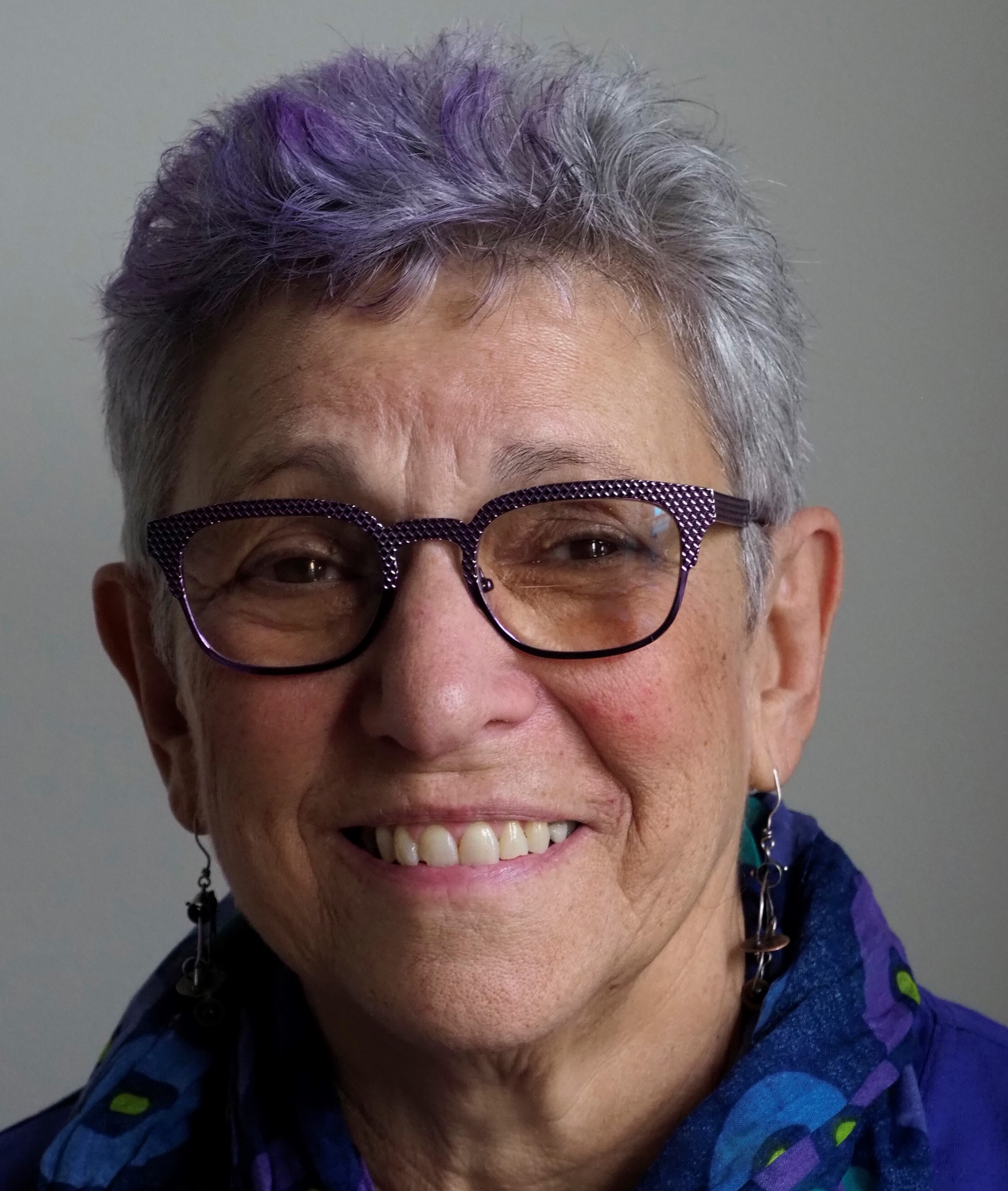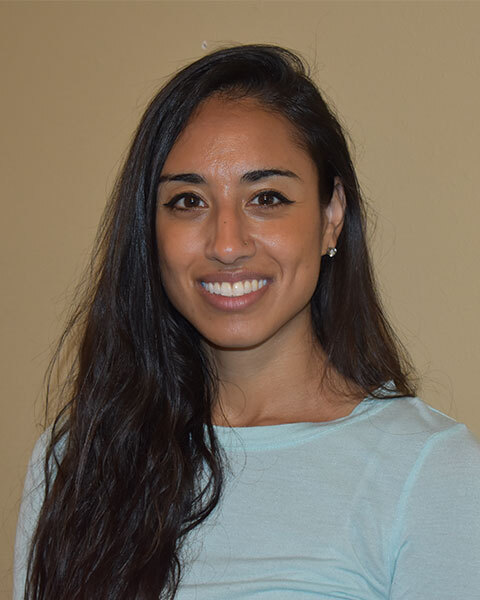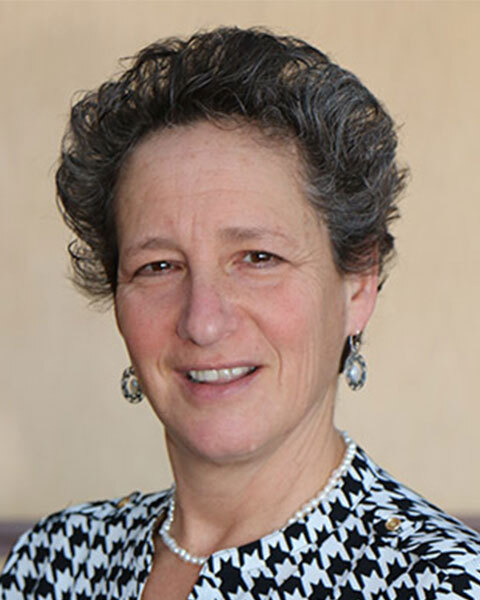
eAudiology
Perfect: Developing a New Speech Perception Test for Children (0.05 CEUs)
-
Register
- Non-member - $60
- Member - $35
- Student - $10
AAA 2021 Virtual: Perfect: Developing a New Speech Perception Test for Children
Presented at AAA 2021 Virtual
Presenter(s): Jane R. Madell, PhD, CCC A/SLP; Lauren O'Neil, BS; Tanvi Thakkar, PhD; Shelly P. Godar, MA, CCC-A ; and Ruth Litovsky, PhD
Duration: 30 minutes
CEUs: 0.05 AAA CEUs
Instructional Level: Intermediate
Program Focus: Knowledge
Learning Outcomes: Upon completion, each participant in the eAudiology Web Seminar will be able to:
- Describe the purpose of developing the Pediatric Rhyming Forced Choice Task (PeRFeCT)
- Discuss the value of developing a test that assesses specific phoneme errors
- Discuss how to use phoneme errors to improve outcomes with technology
Description:
Abstract:
The Pediatric Rhyming Forced Choice Task (PeRFeCT) is a pediatric speech-perception test which aims to evaluate initial-consonant errors and to use this information for management. Error patterns for 24 normal hearing children aged 6-10 yrs, were evaluated. Confusion matrices representing 4x4 first-consonant foils revealed no age effect and performance decreases as signal-to-noise ratio increases. This test has potential for clinical implementation to evaluate efficacy of hearing technology and to plan therapy.
Summary:
Current pediatric speech perception tests do not provide information about specific speech perception errors that children make. The Pediatric Rhyming Forced Choice Task (PeRFeCT) was created to identify initial-consonant errors, with the goal of serving as a tool for clinicians to monitor speech perception skills, make programming changes to technology settings, and plan for habilitation.
The PeRFeCT test consists of twenty sets of four rhyming words (e.g., Shell, Bell, Fell, Sell), thus, eighty words in total. The child is first familiarized with each word and its matching illustrated image. On each trial four images representing a rhyming set are presented on the screen (words appear in text under each image). Children hear a recorded word matching one of the four images and use a computer mouse cursor to click on the image that corresponds to what is heard. Twenty sets of foil plates with non-rhyming words are added throughout testing to ensure that the child does not simply use a process of elimination to select a word they have not heard yet.
Testing was conducted in quiet and with competing white noise at SNRs of 0, -5, -10, and -15 dB. The presentation order of the various noise conditions was randomized between participants to ensure there is not an effect of learning or fatigue. All eighty words are presented one time for each of the noise conditions.
This study collected data from children with normal hearing, ages 6-10 years. Percent correct was evaluated by age and signal-to-noise ratio (SNR). Additionally, the stimuli were evaluated by proportion of times each word was chosen and confusion matrices in the 4x4 sets of foils. Confusion matrices can be informative regarding which phonemes appear to be the most difficult for a child to identify, and which words may need to be adjusted or changed before testing children with hearing loss.
esults show that performance decreased as SNR worsens, converging on approximately 100% correct in quiet, and in conditions with noise performance reached 90%, 80%, 70% and 50% correct at 0dB, -5dB, -10 dB and -15dB SNR, respectively. Specific types of errors were evaluated in quiet and in the -10dB SNR condition where results were unaffected by ceiling or floor effects. Overall, results showed that there were few or no errors in quiet; when errors occurred, word pairs with more errors include Shin/Chin, Ship/Chip, Shop/Chop, and Nail/Mail. In conclusion, these preliminary observations suggest that the PeRFeCT test can be used for children ages 6-10 to identify initial-consonant errors; these errors will increase with competing noise. Next steps include testing in a broader population to compare errors of children with normal hearing to children with hearing loss.
The presentation will discuss how to use the information obtained in this test to monitor technology settings and to plan for habilitation.

Jane R. Madell, PhD, CCC A/SLP
Director, Pediatric Audiology Consulting
Dr. Jane Madell is an internationally renowned pediatric audiologist, speech language pathologist, and LSLS auditory verbal therapist. She has published 7 text books, numerous book chapters, and journal articles. She is a former clinic director and now consults nationally and internationally on management of hearing loss in children.
Disclosure: Financial Disclosures: I do not have any relevant financial relationships with anything to disclose.
Non-Financial Disclosures: I do not have any relevant non-financial relationships with anything to disclose.

University of Wisconsin-Madison
Lauren O’Neil, a 2020 Jerry Northern Scholarship recipient, is a third-year doctoral student of audiology at the University of Wisconsin-Madison. Here, she completes her capstone research in the Binaural Hearing and Speech Lab. She attended Illinois State University for her undergraduate and is a graduate of the Wisconsin LEND program at the Waisman Center. She will complete her externship at St. Louis Children's Hospital. Her clinical interests include pediatrics, cochlear implants, and rehabilitation.
Disclosure: Financial Disclosures: I do not have any relevant financial relationships with anything to disclose.
Non-Financial Disclosures: I do not have any relevant non-financial relationships with anything to disclose.

Postdoctoral Research Fellow, University of Wisconsin-Madison
I received my B.S. in Psychology and Neuroscience from the University of Maryland-College Park in 2011 and my Ph.D. in Communication Sciences and Disorders of University of Wisconsin-Madison in 2019. My work in field of auditory research has been to understand the sensory perception of interaural time differences and apply this knowledge towards constructing better outcomes for patients with bilateral cochlear implants. I am currently working in the Binaural Hearing and Speech lab as a postdoctoral fellow investigating new strategies for speech perception in noise using a bilaterally synchronized cochlear implant processor. I am also a lecturer at the University of Wisconsin-LaCrosse where I teach Cognitive Neuroscience in the Psychology department.
Disclosure: Financial Disclosures: I do not have any relevant financial relationships with anything to disclose.
Non-Financial Disclosures: I do not have any relevant non-financial relationships with anything to disclose.

Sr. Research Specialist, University of Wisconsin-Madison
Shelly P Godar works as a Research Audiologist and Lab Manager for Ruth Litovsky's Binaural Hearing & Speech Lab at the University of Wisconsin-Madison. The research projects that she has been part of focus on sound localization and speech understanding in noise in children and adults with cochlear implants and with normal hearing. She also mentors college students seeking to gain research experience in hearing science.
Disclosure: Financial Disclosures: I do not have any relevant financial relationships with anything to disclose.
Non-Financial Disclosures: I do not have any relevant non-financial relationships with anything to disclose.

Professor and Chair, University of Wisconsin Madison
Ruth Litovsky is Oros Family chair, Chair of the Department of Communicative Sciences and Disorders, director of the Binaural hearing and speech lab at the University of Wisconsin Waisman Center. She is President of the Association for Research in Otolaryngology (2020-2021). She received her PhD in 1991 in psychology and psychoacoustics and completed a postdoctoral fellowship in 1994 in auditory neuroscience. She has published over 125 papers and book chapters. Her research focuses hearing abilities covering lifespan of humans to include infants and elderly adults. Her research program focuses on hearing restoration with cochlear implants, in particular the impact of bilateral implantation, and more recently single-sided deafness. Professor Litovsky teaches courses in undergraduate and graduate programs, serves on numerous national and international grant review panels and editorial boards, and in various positions of leadership in the research community. She has received a number of awards, including a Fulbright Senior Fellowship.
Disclosure: Financial Disclosures: I do not have any relevant financial relationships with anything to disclose.
Non-Financial Disclosures: I do not have any relevant non-financial relationships with anything to disclose.
